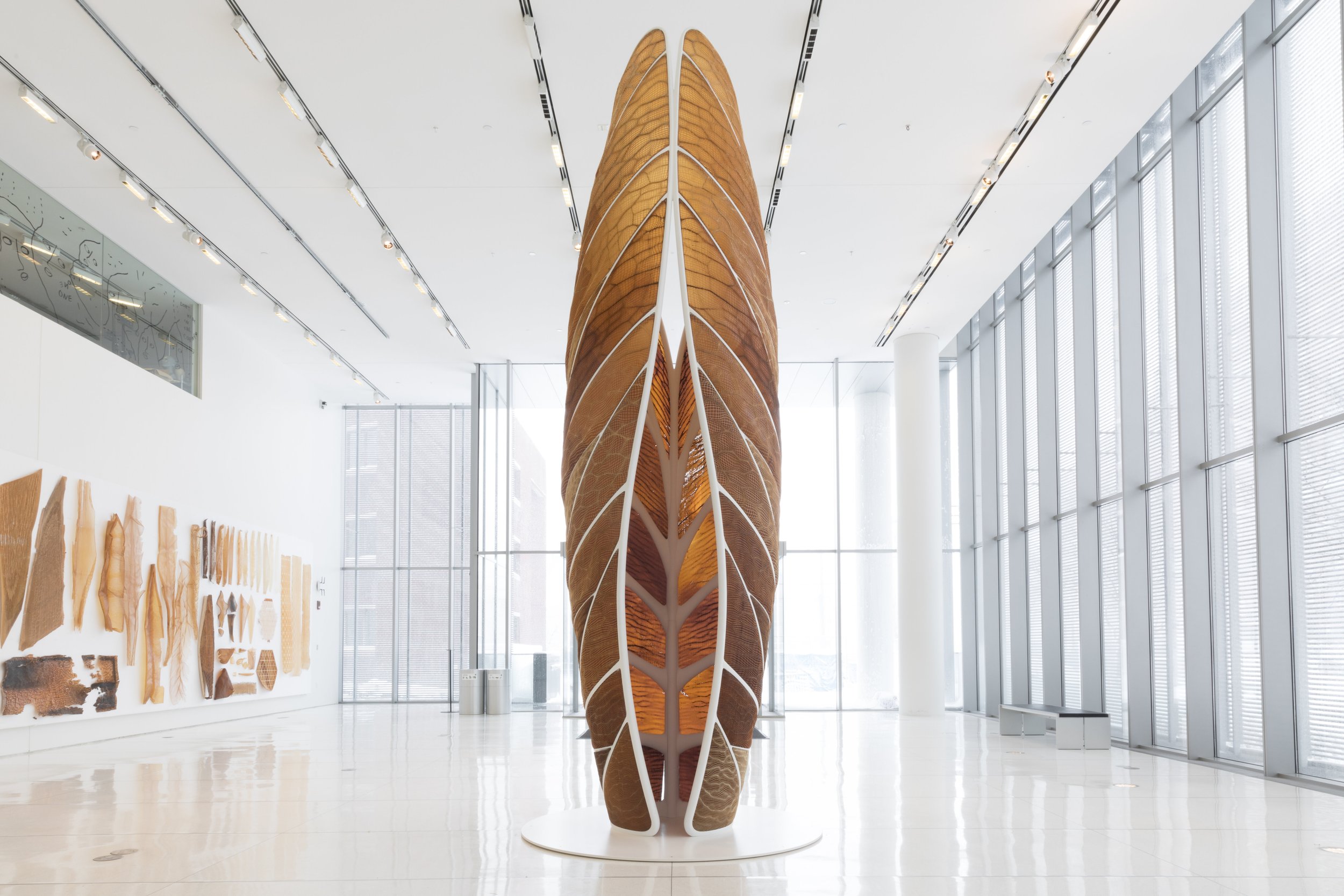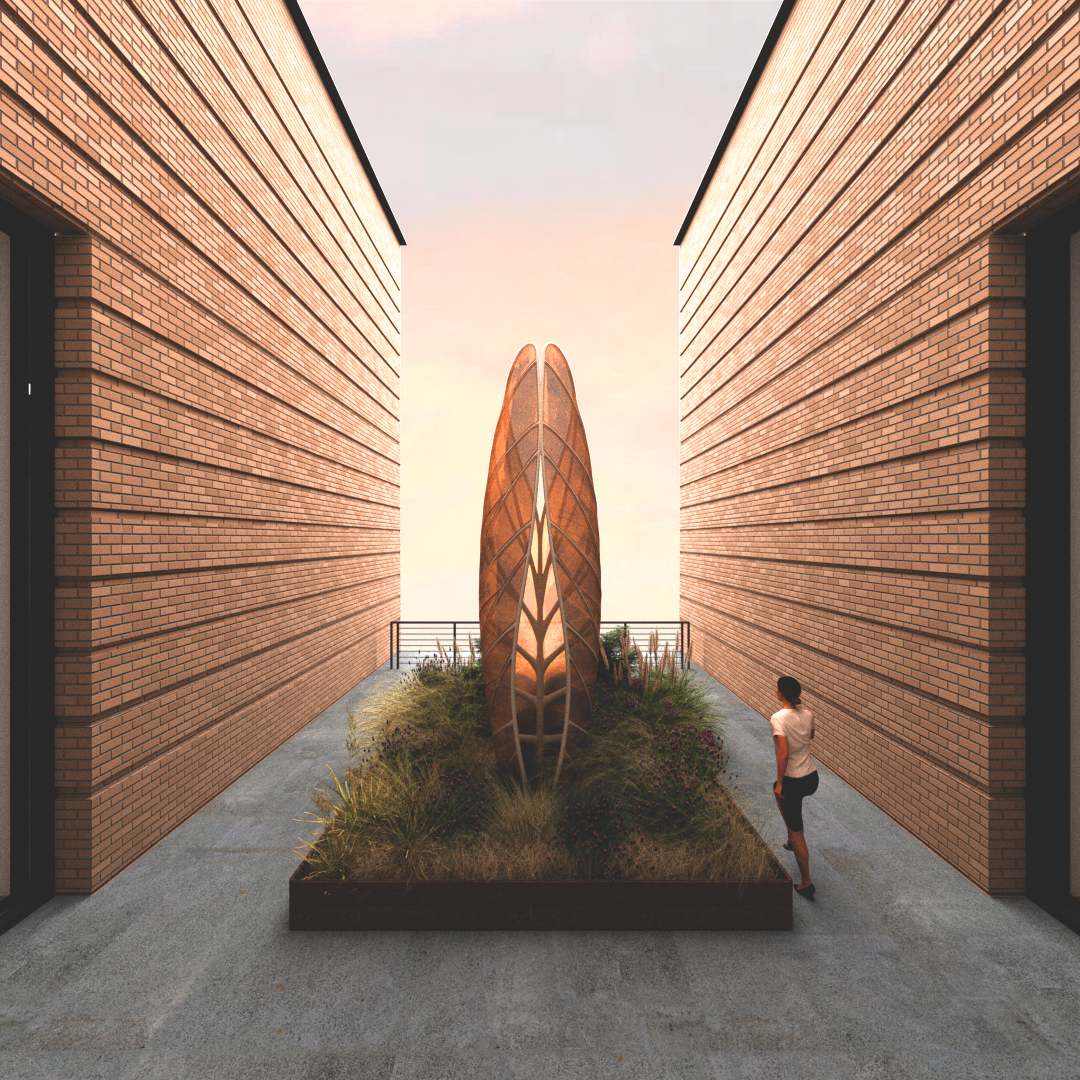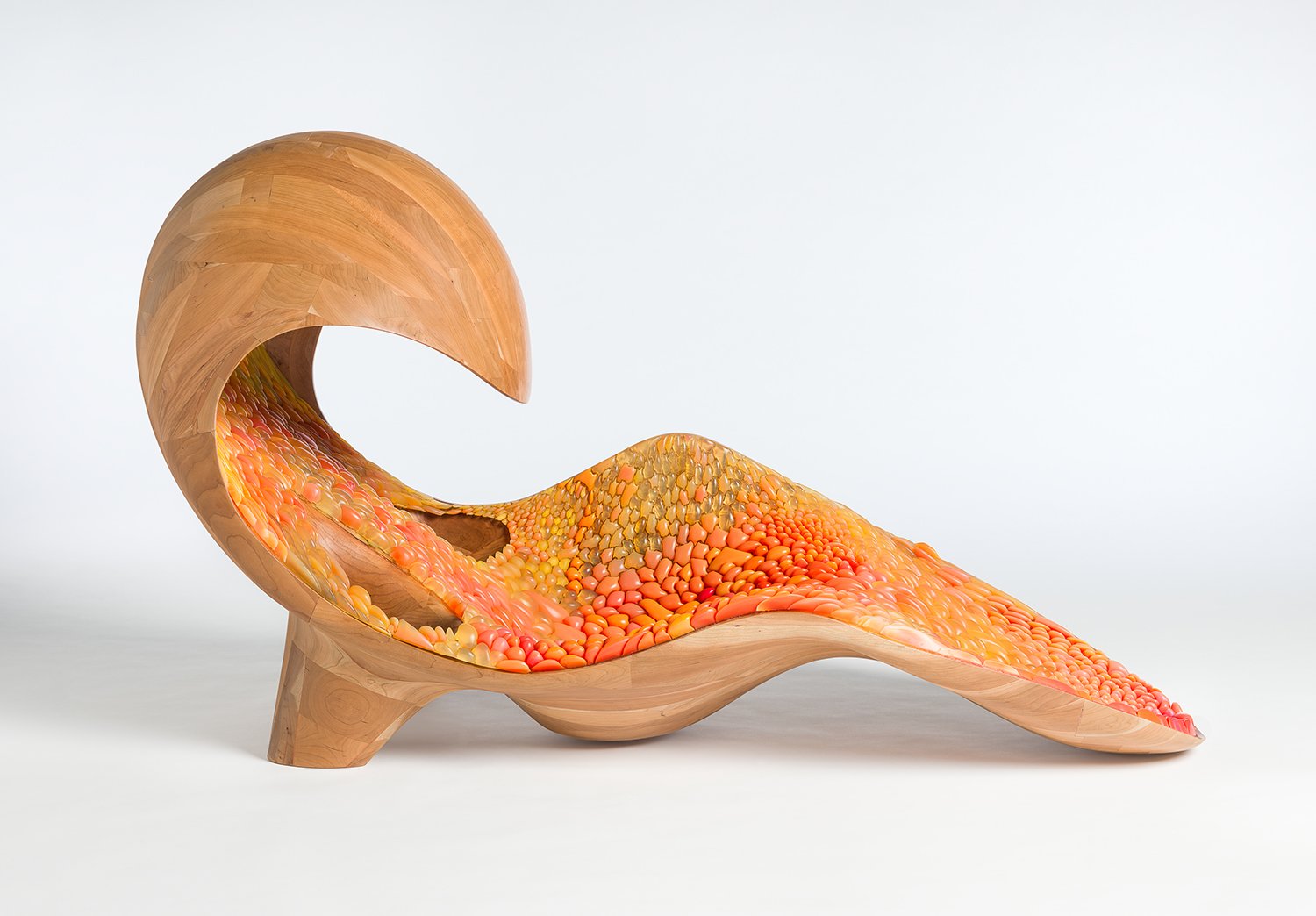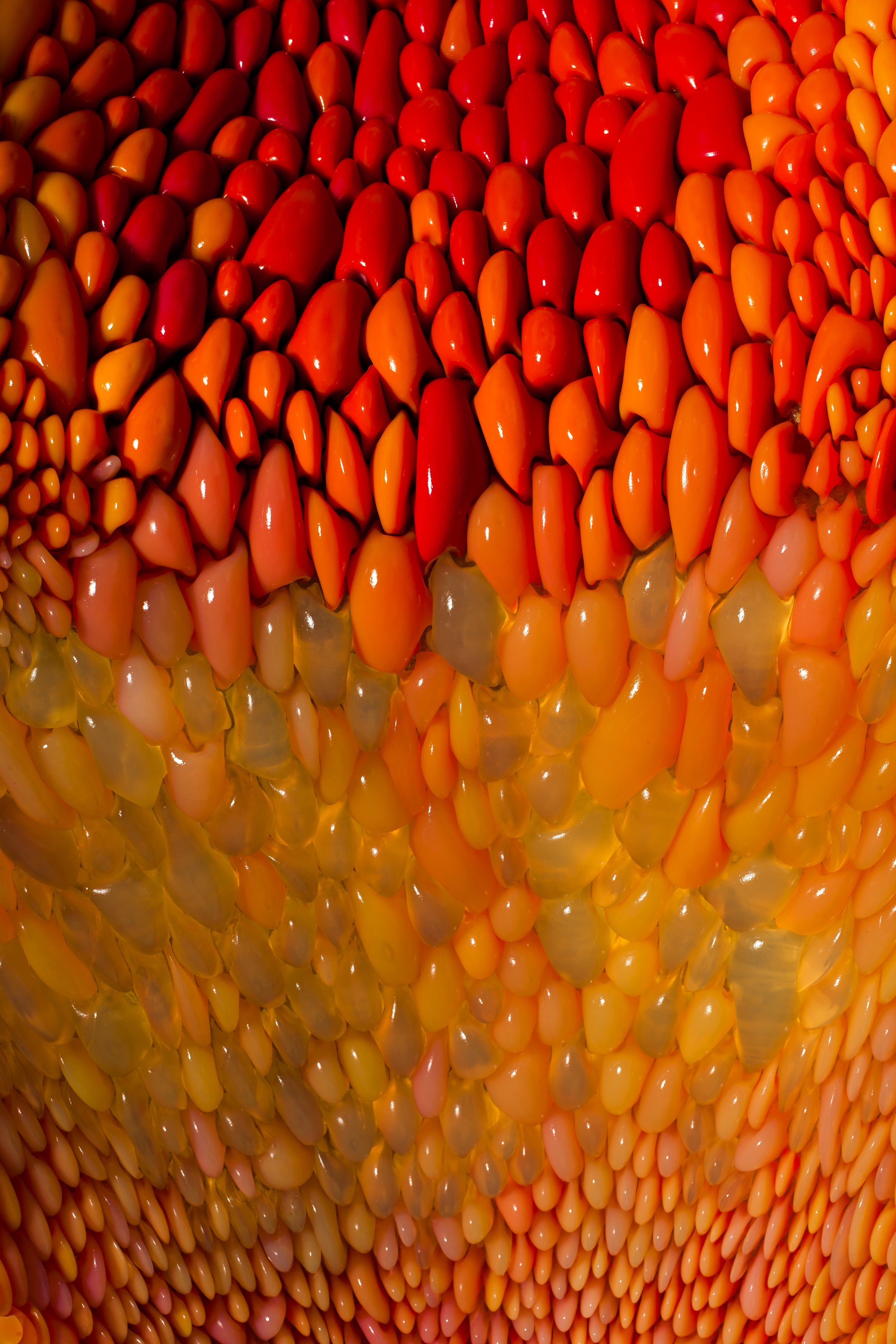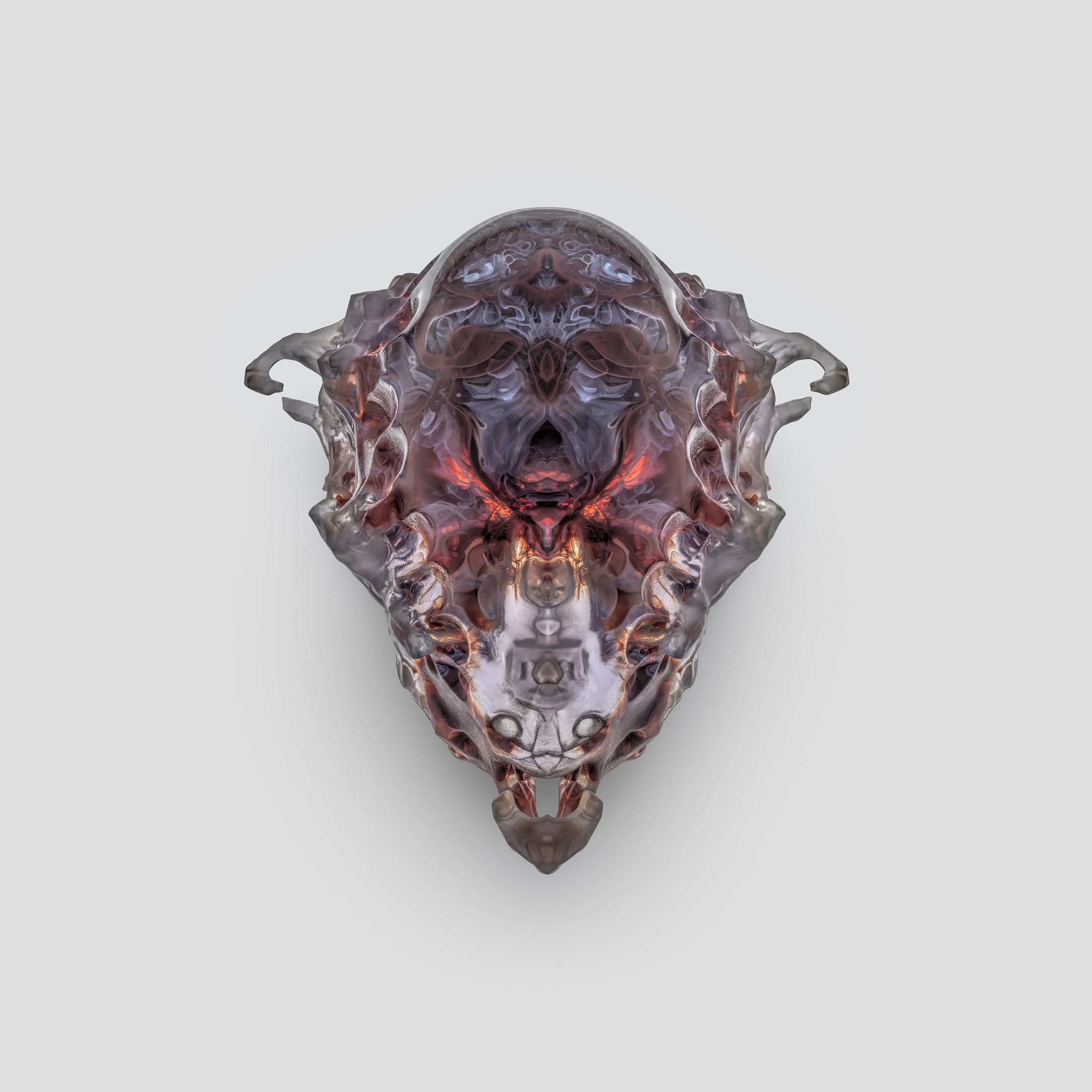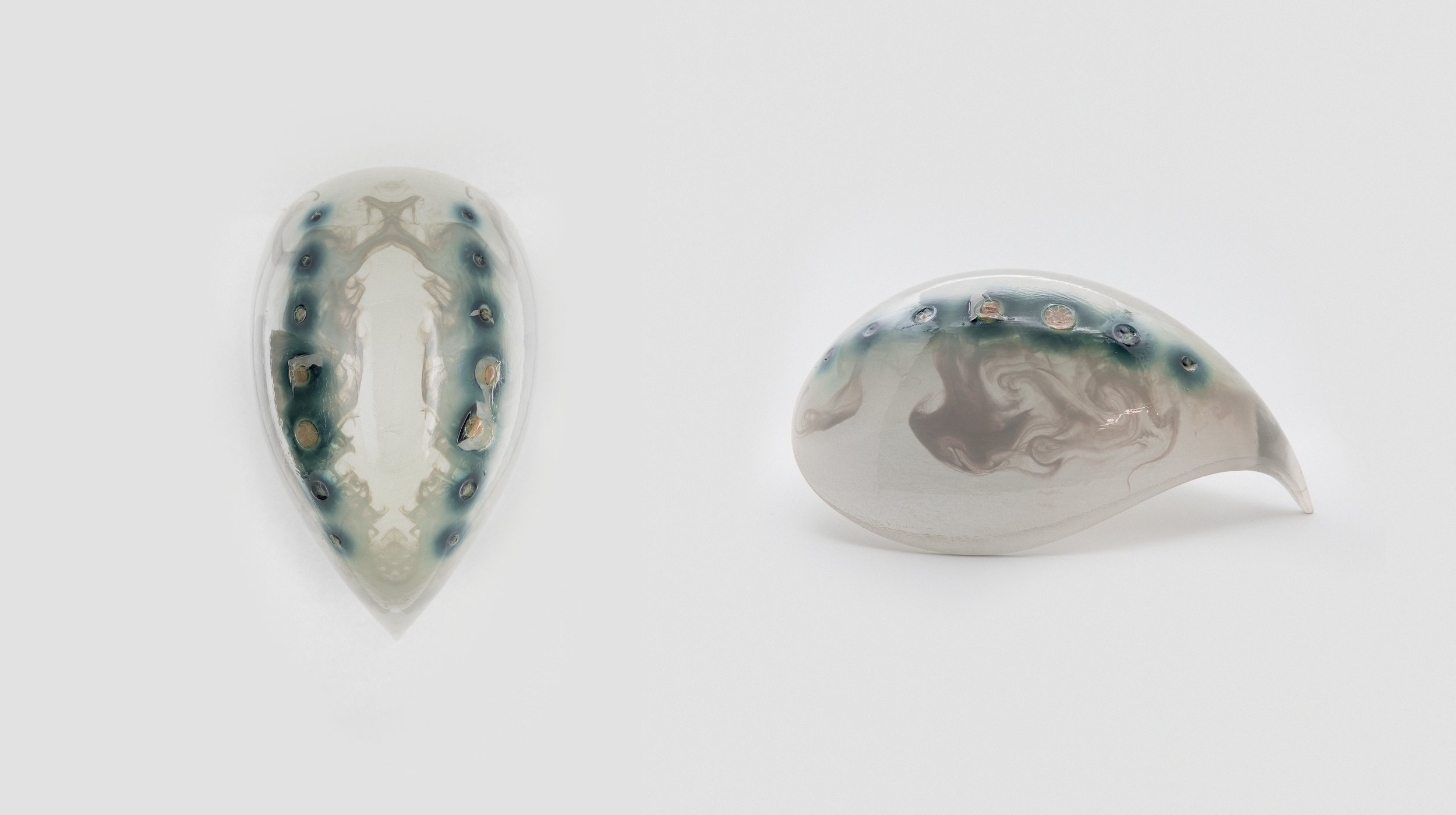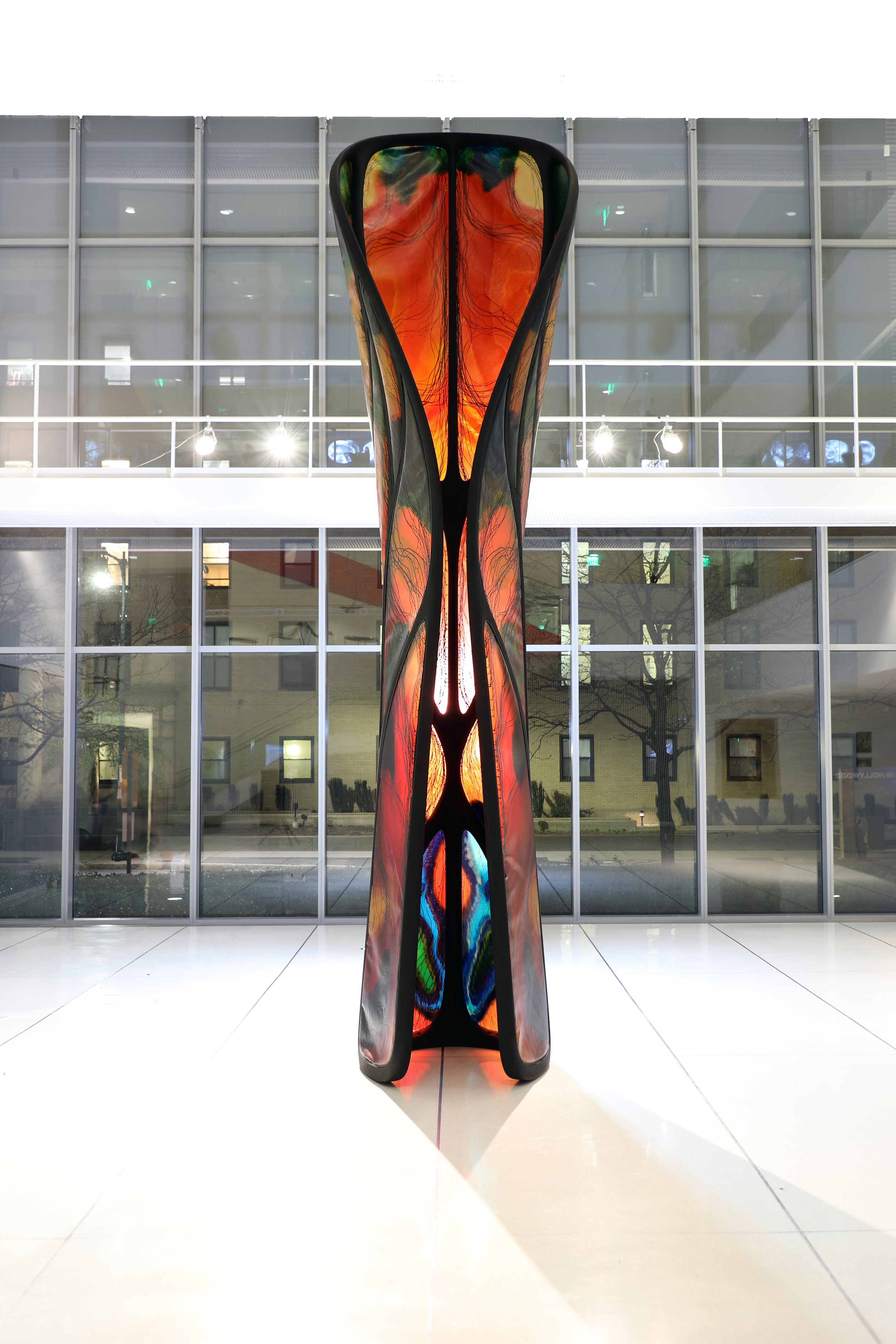Neri Oxman and Stratasys at the SF Museum of Modern Art
Refocusing attention from material wealth in favor of environmental health and balance, American Israeli architect and founder of the New York-based practice, OXMAN, Neri Oxman questions the materials, tools and methods of architecture as we know it today. In the exclusive exhibition Nature × Humanity: Oxman Architects, on view at the San Francisco Museum of Modern Art (SFMOMA) from February 19–May 15, 2022, nearly 40 profound artworks and installations rethink how we should regard the world around us.
Questioning environmentally detrimental construction and fabrication processes, Neri Oxman is the founder and directs the Mediated Matter research group. Her team conducts research at the intersection of computational design, digital fabrication, materials science and synthetic biology, and applies that knowledge to design across various disciplines, media and scales - from the micro scale to the building scale.
The goal is to augment the relationship between built, natural, and biological environments by employing design principles inspired and engineered by nature and implementing them in the invention of novel technologies. Areas of application include architectural, product, and fashion design, as well as the design of new technologies for digital fabrication and construction.
Stratasys is celebrating a decade of 3D printing projects collaboration with Oxman, some of which will be featured at SFMOMA as selected by the museum’s curator, Jennifer Fletcher.
One project, Totems explores whether melanin, a naturally occurring pigment, can be added to a transparent 3D printed building material, Stratasys Vero™UltraClear, to provide shade when the sun is brightest, and fade back to transparent when the sun sets. Applying this research at the architectural scale, the Biodiversity Pavilion for Table Mountain National Park in Cape Town, South Africa, is a design for a pavilion made of such responsive material, reducing the need for additional cladding.
The Wanderers series is a collection of four 3D printed wearables for outer space. Each piece is a vessel for living organisms, designed to meet the user’s needs by responding to extreme environmental conditions on specific planets, such as 200-degree temperature fluctuations, high meteor activity, or changes from extreme brightness to darkness that affect visibility. Oxman’s collection is the first color, multi-material, 3D printed range of wearables aiming to embed living matter within 3D structures that augment the environment, enabling visitation to these deadly environments.
The ‘New Ancient’ Stratasys collection of Vespers death masks consider different ways we can remember those who have passed, from mapping their external features to capturing their final breath and retaining it as a dynamic visualization of that person. These designs invite viewers to embrace alternative methods for honoring the deceased in the perspective of past, present and future. All while having minimal impact on the Earth, using 21st century knowledge and technology.
Created in 2014, the Gemini Acoustic Chaise, making up a prominent part of the SF MOMA collection, combines conventional and additive manufacturing techniques. It conveys the relationship of twins in the womb through material properties and their spatial arrangement, Gemini features an enclosure which cushions the body within a colored, multi-material Stratasys 3D printed cocoon, replicating the tranquility of the womb.
Considering nature as its primary client, OXMAN applies design to enhance the well-being of Earth and its diverse inhabitants. The Aguahoja collection leverages large scale 3D printing to offer a material alternative to plastic, subverting the toxic waste cycle through the creation of biopolymer composites. These exhibit tunable properties with varied mechanical, optical, olfactory, and even gustatory properties. Derived from shrimp shells and fallen leaves, shaped by water and augmented with synthetically engineered organisms or natural pigments, Aguahoja’s biocompatible architectural skin-and-shell composites point toward a possible future where the grown and the manufactured unite. The pavilion has a large-scale and complex geometric FDM skeleton which is three meters high.
View these projects and other related programs at the San Francisco Museum of Modern Art (SFMOMA) from February 19–May 15, 2022
